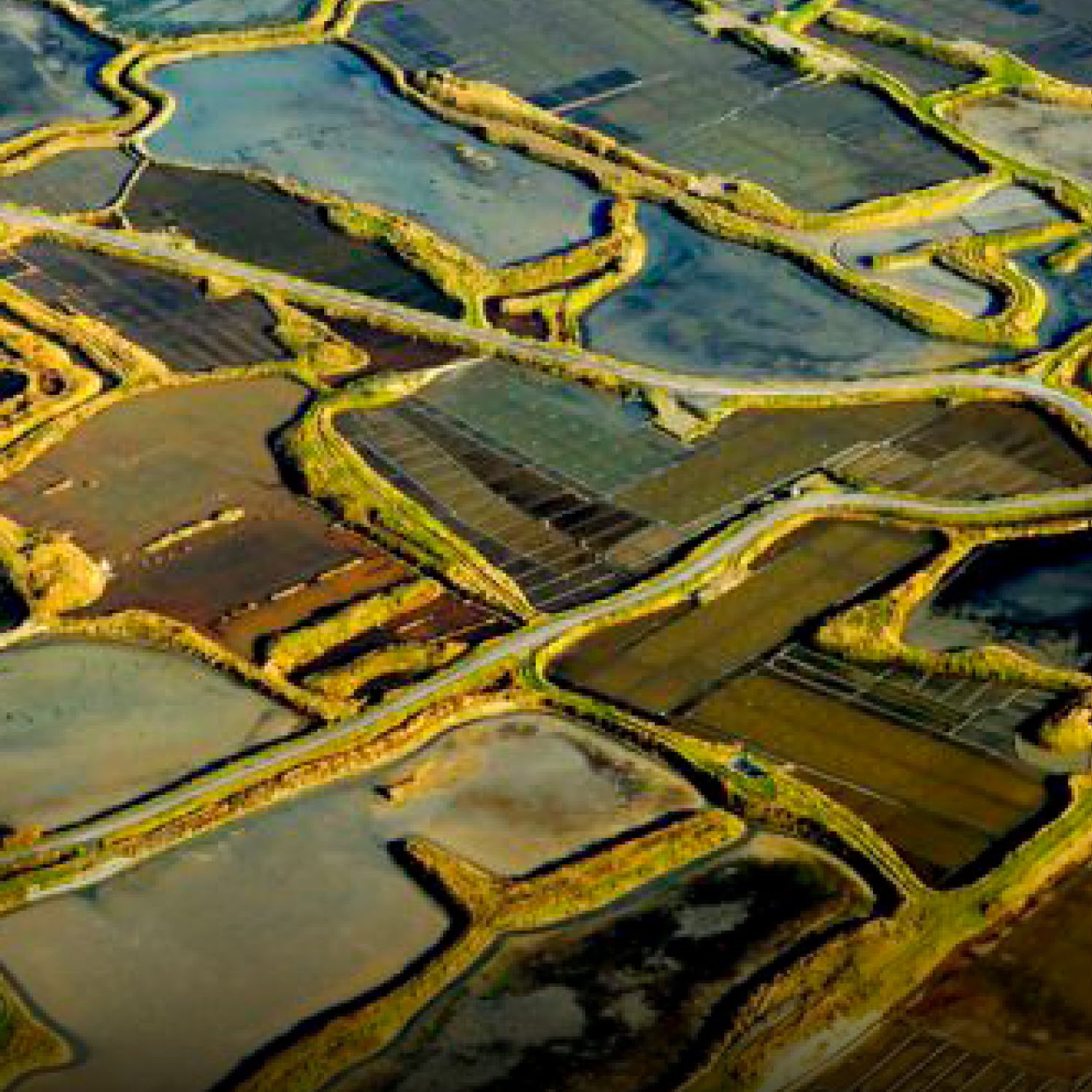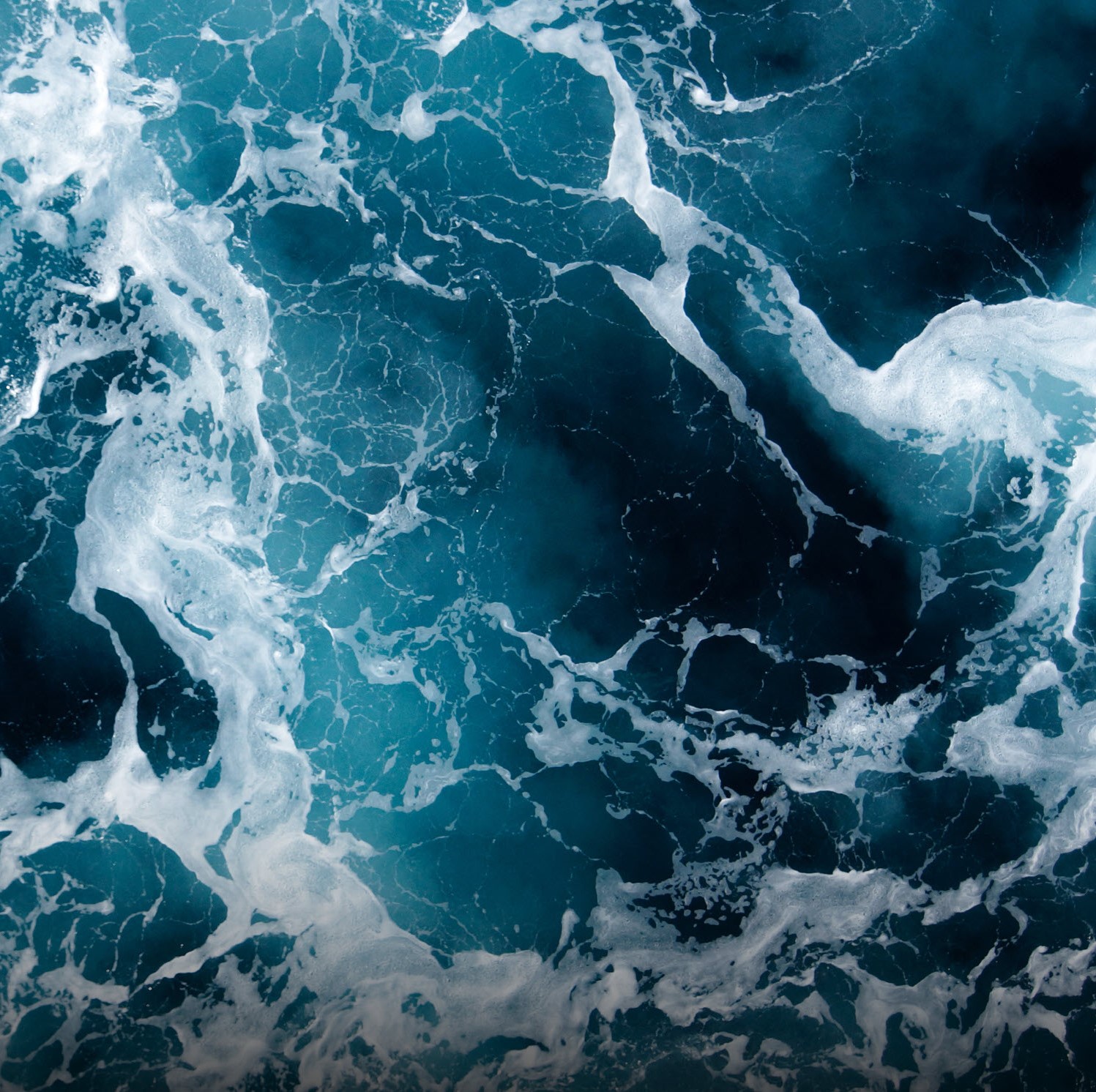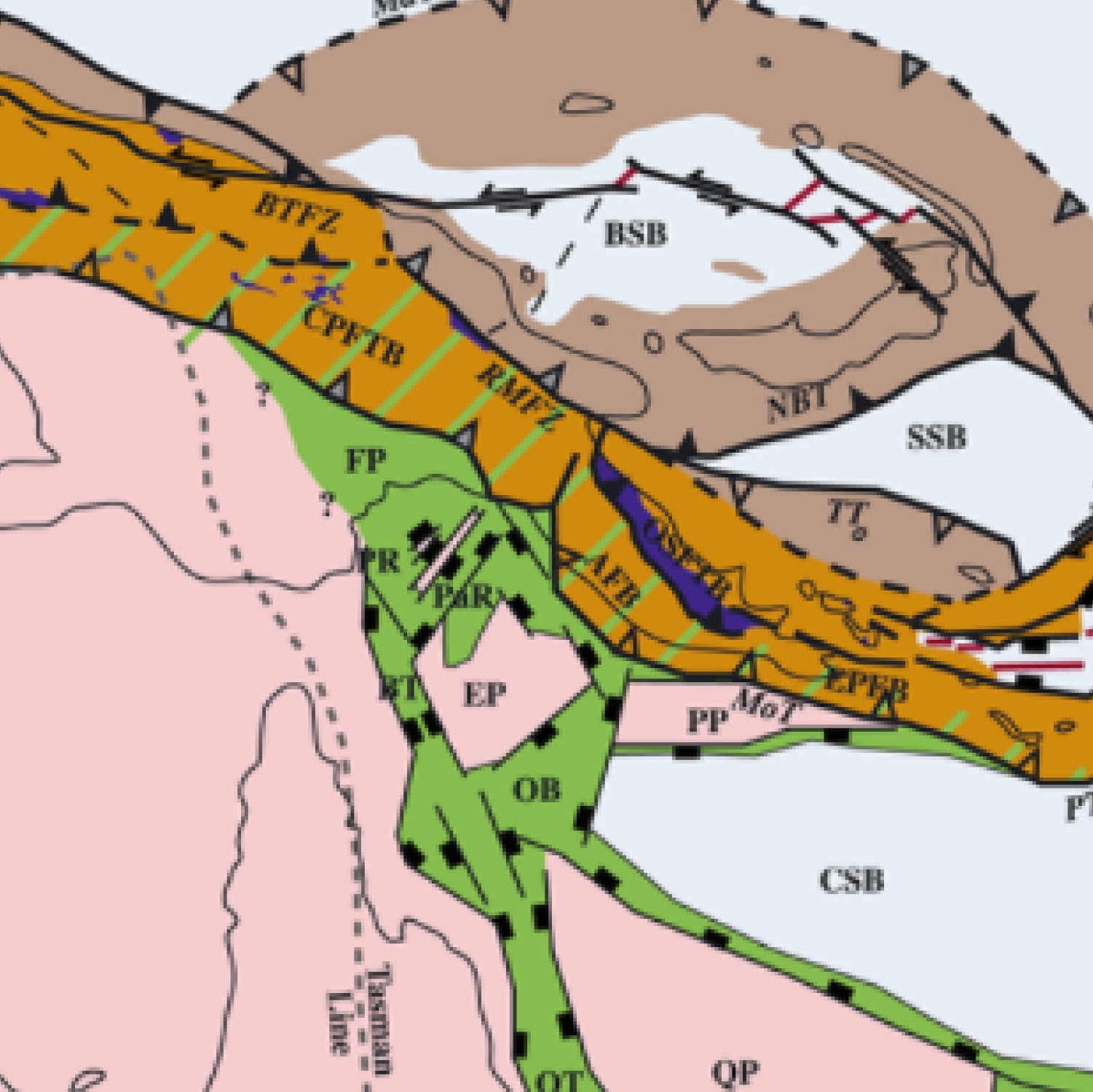JL
Member Since 1997
John W. Lane Jr
Senior Science Advisor Intl Water, USGS Hydrogeophysics Branch
Professional Experience
USGS Hydrogeophysics Branch
Senior Science Advisor Intl Water
2001 - Present
Education
Columbia University
Doctorate
2005
Honors & Awards
Edward A. Flinn III Award
Received December 2022
Citation
Two decades before the advent of hydrogeophysics sessions and the
Near-Surface Geophysics section at AGU, the (now former) U.S. Geological
Survey Hydrogeophysics Branch (HGB) was instrumental in demonstrating
the significance of geophysical methods in hydrologic investigation from
surface, subsurface and airborne platforms. Over the last ~30 years,
the group has pioneered demonstrations of many new technologies and
demonstrated the application of geophysical information in improving the
understanding of geologic controls on groundwater flow, groundwater
resource mapping and management, contaminant transport, remediation
technologies, and exchanges between groundwater and surface water, among
other areas of fundamental importance.
Of arguably greater significance, however, was their tireless dedication to training and outreach to introduce geophysics into hydrogeologic investigations. These scientists were tireless in developing in-person and online training courses that explored data acquisition as well as data interpretation and the underlying principles used in data interpretation. Additionally, their geophysical equipment pool, open to the community, constituted important infrastructure for the hydrogeophysics. Borrowing geophysical equipment from them came with instruction and technical support in data acquisition and interpretation. This work was done selflessly, with senior scientists serving in support roles often without direct involvement in authorship on scientific products. These scientists also developed publicly available software tools that more easily facilitated data interpretation (e.g., for vertical temperature profiles, fiber-optic distributed temperature sensing data and flowmeter logs) and have developed decision support software to assist users in identifying the most appropriate geophysical tools to be applied for given hydrogeologic conditions. Benefits of their training and outreach have extended internationally.
These scientists sacrificed personal productivity to change the paradigm by which water resources investigations were conducted. They were responsible for making geophysical investigations an integral component in water resources investigations — within the USGS and other federal agencies, academic and research institutions, and the private sector, including engineering companies and geophysical equipment vendors.
Under USGS reorganization, the branch ceased to exist in 2022, but its impact over the past almost three decades of its existence perfectly exemplifies the criteria for the Flinn Award. Specifically, I would like to commend John W. Lane, Carole Johnson, John Williams, Cian Dawson, and Marty Briggs for the remarkable outreach activities of the USGS HGB over the past decades. This group has long played an outsized role in the hydrogeophysics community, and it is no exaggeration to say that the field as we know it might have looked really different without their selfless leadership.
— Kamini Singha
Colorado School of Mines
Golden, Colorado
Of arguably greater significance, however, was their tireless dedication to training and outreach to introduce geophysics into hydrogeologic investigations. These scientists were tireless in developing in-person and online training courses that explored data acquisition as well as data interpretation and the underlying principles used in data interpretation. Additionally, their geophysical equipment pool, open to the community, constituted important infrastructure for the hydrogeophysics. Borrowing geophysical equipment from them came with instruction and technical support in data acquisition and interpretation. This work was done selflessly, with senior scientists serving in support roles often without direct involvement in authorship on scientific products. These scientists also developed publicly available software tools that more easily facilitated data interpretation (e.g., for vertical temperature profiles, fiber-optic distributed temperature sensing data and flowmeter logs) and have developed decision support software to assist users in identifying the most appropriate geophysical tools to be applied for given hydrogeologic conditions. Benefits of their training and outreach have extended internationally.
These scientists sacrificed personal productivity to change the paradigm by which water resources investigations were conducted. They were responsible for making geophysical investigations an integral component in water resources investigations — within the USGS and other federal agencies, academic and research institutions, and the private sector, including engineering companies and geophysical equipment vendors.
Under USGS reorganization, the branch ceased to exist in 2022, but its impact over the past almost three decades of its existence perfectly exemplifies the criteria for the Flinn Award. Specifically, I would like to commend John W. Lane, Carole Johnson, John Williams, Cian Dawson, and Marty Briggs for the remarkable outreach activities of the USGS HGB over the past decades. This group has long played an outsized role in the hydrogeophysics community, and it is no exaggeration to say that the field as we know it might have looked really different without their selfless leadership.
— Kamini Singha
Colorado School of Mines
Golden, Colorado
See Details
Close Details
Publications

Seasonal Subsurface Thaw Dynamics of an Aufeis Feature Inferred From Geophysical Methods
Aufeis are sheets of ice unique to cold regions that originate from repeated flooding and freezing events during the winter. They have hydrological...
March 18, 2020

Dual-domain mass-transfer parameters from electrical hystere...
October 29, 2014
AGU Abstracts
Fresh groundwater vulnerability on small islands to natural and anthropogenic forcing: Impacts to community water resources and ecosystems
ISLANDS’ DYNAMIC HYDROLOGICAL PROCESSES IN A CHANGING WORLD II ONLINE DISCUSSION SESSION
simulating complex systems | 21 june 2022
Barret Kurylyk, Martin A. Briggs, Sofija Stanic, J...
Small-island communities and ecosystems rely on groundwater from shallow freshwater lenses that may be strongly influenced by seasons, storms, natural...
View Abstract
Floating transient electromagnetic mapping of rivers and estuaries
COASTAL HYDROLOGY: PHYSICAL AND BIOGEOCHEMICAL PROCESSES II POSTER
hydrology | 16 december 2021
Neil Terry, Martin A. Briggs, David Rey, Erik Whit...
Electromagnetic geophysical methods are a non-contact means for mapping bulk subsurface electrical conductivity (EC). In freshwater systems, where por...
View Abstract
Combining multiple electromagnetic methods, direct aquifer measurements, and modeling to inform ecological management on Palmyra Atoll
ADVANCING THE USE OF GEOPHYSICAL AND GEODETIC METHODS FOR GROUNDWATER SCIENCE AND MANAGEMENT II ORAL
near surface geophysics | 16 december 2021
Martin A. Briggs, Julia Cantelon, Barret Kurylyk, ...
Assessment and management of limited fresh groundwater resources on remote small islands can be complicated by heterogenous geology, natural climate c...
View Abstract
Volunteer Experience
2017 - 2019
Eos Newsletter Liaison
Near Surface Geophysics Executive Committee
2013 - 2019
Member
Eos Science Advisers
2017 - 2018
Member
Near Surface Geophysics Executive Committee
Check out all of John W. Lane’s AGU Research!
View All Research Now



